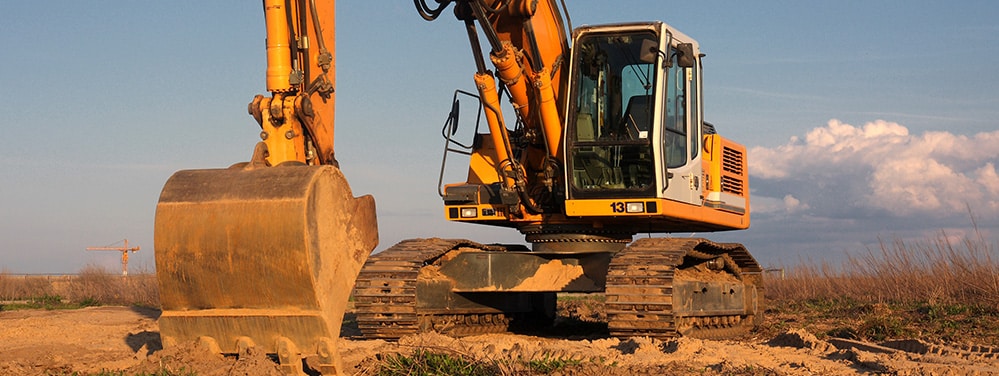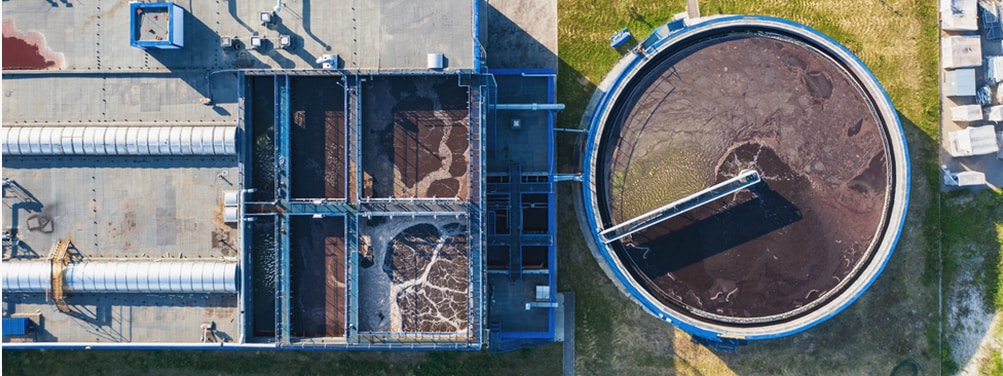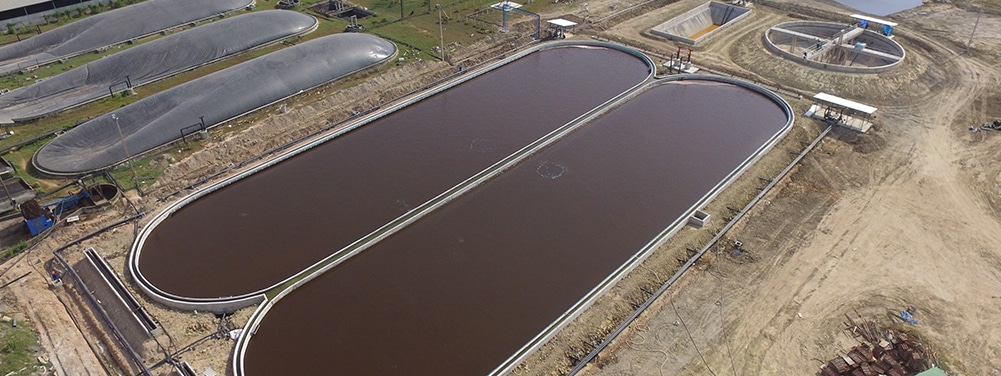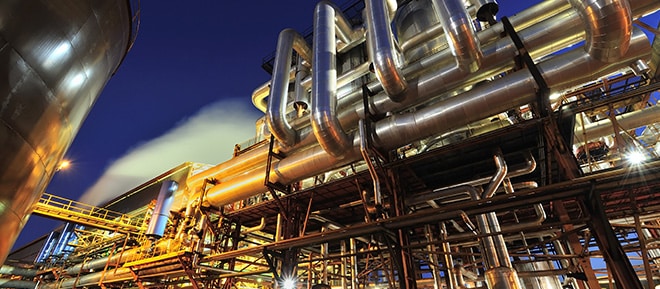Alternative to mechanical sludge removal
Sludge is a solid material that is removed from wastewater and sewage treatment systems after treatment. It is a byproduct of the treatment process and can be a major problem if it is not properly managed.

Two common causes of sludge build up in wastewater and sewage treatment systems:

1. Inadequate treatment:
If wastewater is not treated properly, it can contain high levels of organic matter and nutrients. This organic matter and nutrients can settle out of the wastewater and form sludge.

2. Inadequate aeration:
Aeration is the process of adding air to wastewater to increase the dissolved oxygen level. Dissolved oxygen is essential for aerobic bacteria, which are the type of bacteria that break down organic matter in the presence of oxygen. If wastewater is not aerated properly, the dissolved oxygen level can drop, which can lead to sludge build up.
Sludge build up can lead to a number of problems, including:

Compliance issues:
Sludge can cause a range of compliance issues including EPA requirements.

Reduced treatment and hydraulic capacity:
Sludge can reduce the ability for the treatment process to work properly and the system's capacity to hold water is reduced over time.

Odour:
Sludge can produce odours that can be unpleasant and even hazardous to human health.

Nutrient pollution:
Sludge can contain high levels of nutrients, such as nitrogen and phosphorus. These nutrients can pollute waterways and contribute to algal blooms.

Reduced treatment and hydraulic capacity:
Sludge can reduce the ability for the treatment process to work properly and the system's capacity to hold water is reduced over time.

Costly removal and disposal:
Sludge build up can require costly removal processes that can include off-site disposal.

Biological Sludge Removal
Biological sludge removal is a process that uses microorganisms to break down sludge. The microorganisms consume the organic matter in the sludge and produce water and carbon dioxide as a byproduct. This process is called biodegradation.
There are a number of different microorganisms that can be used for biological sludge removal. The most common microorganisms are aerobic bacteria. Aerobic bacteria require oxygen to survive, so they are typically used in wastewater treatment systems that have a high dissolved oxygen level.
Increasing microbial activity can eliminate the need for desludging by breaking down sludge more quickly and efficiently. This is because when microbial activity is high, there is less sludge to remove. Additionally, when microbial activity is high, the sludge is less likely to produce odours or contain pathogens.
There are a number of different ways to increase microbial activity in wastewater treatment systems. One way is to add nutrients to the wastewater. Nutrients, such as nitrogen and phosphorus, are essential for microbial growth. Another way to increase microbial activity is to increase the dissolved oxygen level in the wastewater. This can be done by using aeration devices.
By following these tips, sludge build up can be prevented or controlled, and the need for mechanical desludging can be delayed or even eliminated.


